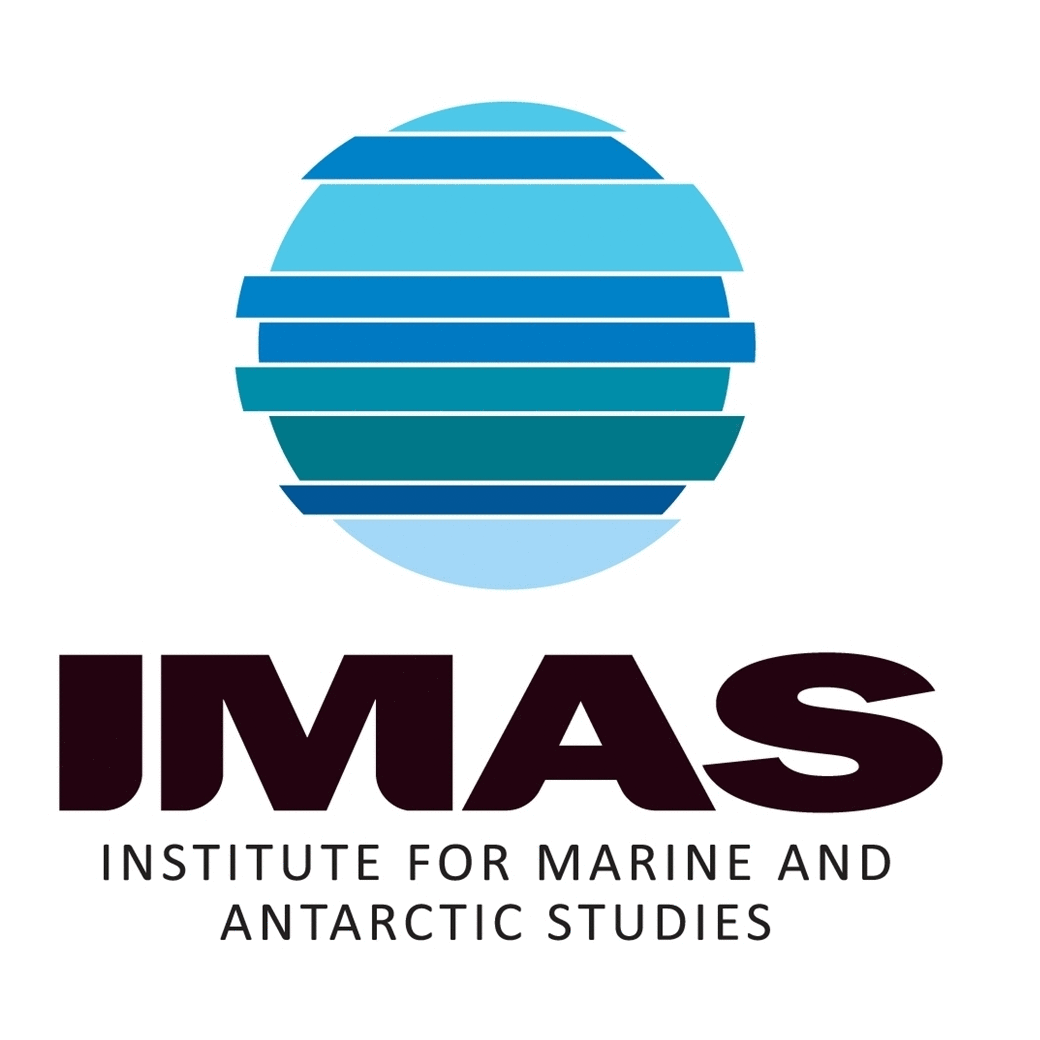NESP MB Project A3 - A national assessment of population status of White Sharks
This record provides an overview of the scope and research output of NESP Marine Biodiversity Hub Project A3 - "A national assessment of population status of White Sharks". For specific data outputs from this project, please see child records associated with this metadata.
--------------------
White sharks are listed as Vulnerable under the EPBC Act and the subject of a national recovery plan, yet there is still no effective way to assess their population status and thus no way of determining the efficacy of conservation actions. Recent debate due to various human-shark interactions has highlighted the need for further information. This Project provides a national assessment of white shark population size and status in order to establish the efficacy of existing recovery actions and provide a scientifically sound and rational basis from which to develop policies that balance conservation objectives and public safety.
Planed Outputs
• Tools to refine and integrate CK-MR, electronic tagging distribution and species demographic data for population assessments of a key threatened species at a national scale (combining knowledge developed under this project combined with similar techniques being applied under NESP to euryhaline sharks and planned for grey nurse sharks).
• National estimates of (census) population size and trend for white sharks in Australian waters (western and eastern populations respectively) are established that fulfil the highest priority actions of the National Recovery Plan.
• New genetic and statistical tools trialled for the estimation of historical population trend from contemporary tissue samples for key species for which other methods of population assessment are unreliable or unavailable.
• Provide information that identifies movement corridors, hotspots and contributes to management strategies for top-order marine predators
• Estimate juvenile white shark survival and abundance for input into integrated national population assessment models in order to refine population estimates.
• National-level information on habitat use, behaviour and spatial dynamics of white sharks at various scales used to provide the scientific underpinning for government decisions and policies as well as provide for more informed public debate.
• Identify national strategies to monitor white shark populations.
• The project will provide peer-reviewed additions to the scientific literature that will add to the science-support for the development and implementation of policies to support the ecologically sustainable management of Australia’s marine environment.
Simple
Identification info
- Date (Creation)
- 2016-03-23
Resource provider
- Purpose
- This research on white sharks will focus on refining the initial population estimates for eastern Australia using data streams established under NERP and will provide first estimates of adult population size for white sharks west of Bass Strait. Estimating population size is a key deliverable, however, the information required for assessing the efficacy of Recovery Plan actions and underpinning policies that balance the species conservation with public safety also require an assessment of population trend and the ability to robustly assess the impact of any proposed mitigation policies or additional sources of impact. NESP project work will also provide scientifically robust tools and assessment procedures to measure and monitor trends as well as providing improved knowledge of the species’ movement patterns and habitat use.
- Credit
- Barry Bruce (CSIRO), Russell Bradford (CSIRO), Peter Grewe (CSIRO), Mark Bravington (CSIRO), Richard Hillary (CSIRO), Rasanthi Gunasekera (CSIRO), David Harasti (NSW DPI), Kate Lee (NSW DPI)
- Credit
- National Environmental Science Program (NESP) Marine Biodiversity Hub
- Credit
- Department of the Environment and Energy, Australian Government
- Credit
- In addition to NESP (DoE) funding, this project is matched by an equivalent amount of in-kind support and co-investment from project partners and collaborators.
- Status
- On going
Principal investigator
- Topic category
-
- Oceans
Extent
))
Temporal extent
- Time period
- 2015-07-01 2017-12-30
- Maintenance and update frequency
- As needed
- Keywords (dataSource)
-
- National Environmental Science Program (NESP) Marine Biodiversity Hub
- Australian and New Zealand Standard Research Classification (ANZSRC): Fields of Research
-
- Conservation and Biodiversity
- Marine and Estuarine Ecology (incl. Marine Ichthyology)
- Population Ecology
- Keywords (Theme)
-
- conservation status
- close-kin mark-recapture
- marine predator
- threatened species
- population size and trend
- movement dynamics
- Keywords (Taxon)
-
- shark
Resource constraints
- Classification
- Unclassified
Resource constraints
- Use limitation
- The data collections described in this record are funded by the Australian Government Department of the Environment and Energy (DoEE) through the NESP Marine Biodiversity Hub.
Resource constraints
- Linkage
-
http://i.creativecommons.org/l/by/4.0/88x31.png
License Graphic
- Title
- Creative Commons Attribution 4.0 International License
- Website
-
http://creativecommons.org/licenses/by/4.0/
License Text
- Character encoding
- UTF8
Content Information
- Content type
- Physical measurement
Distribution Information
- Distribution format
-
- OnLine resource
- NESP Marine Biodiversity Hub Project A3 webpage
- OnLine resource
- Department of the Environment and Energy NESP website
Metadata
- Metadata identifier
- urn:uuid/8a41de4e-b649-45bd-b496-28250b627f77
- Language
- English
- Character encoding
- UTF8
Point of contact
- Parent metadata
Type of resource
- Resource scope
- Field session
- Name
- MB Hub Project A3
- Metadata linkage
-
https://metadata.imas.utas.edu.au/geonetwork/srv/eng/catalog.search#/metadata/8a41de4e-b649-45bd-b496-28250b627f77
Point of truth URL of this metadata record
- Date info (Creation)
- 2018-12-18T14:57:23
- Date info (Revision)
- 2024-07-18T13:50:18
Metadata standard
- Title
- ISO 19115-3:2018
Overviews

Spatial extent
))
Provided by

 IMAS Metadata Catalogue
IMAS Metadata Catalogue